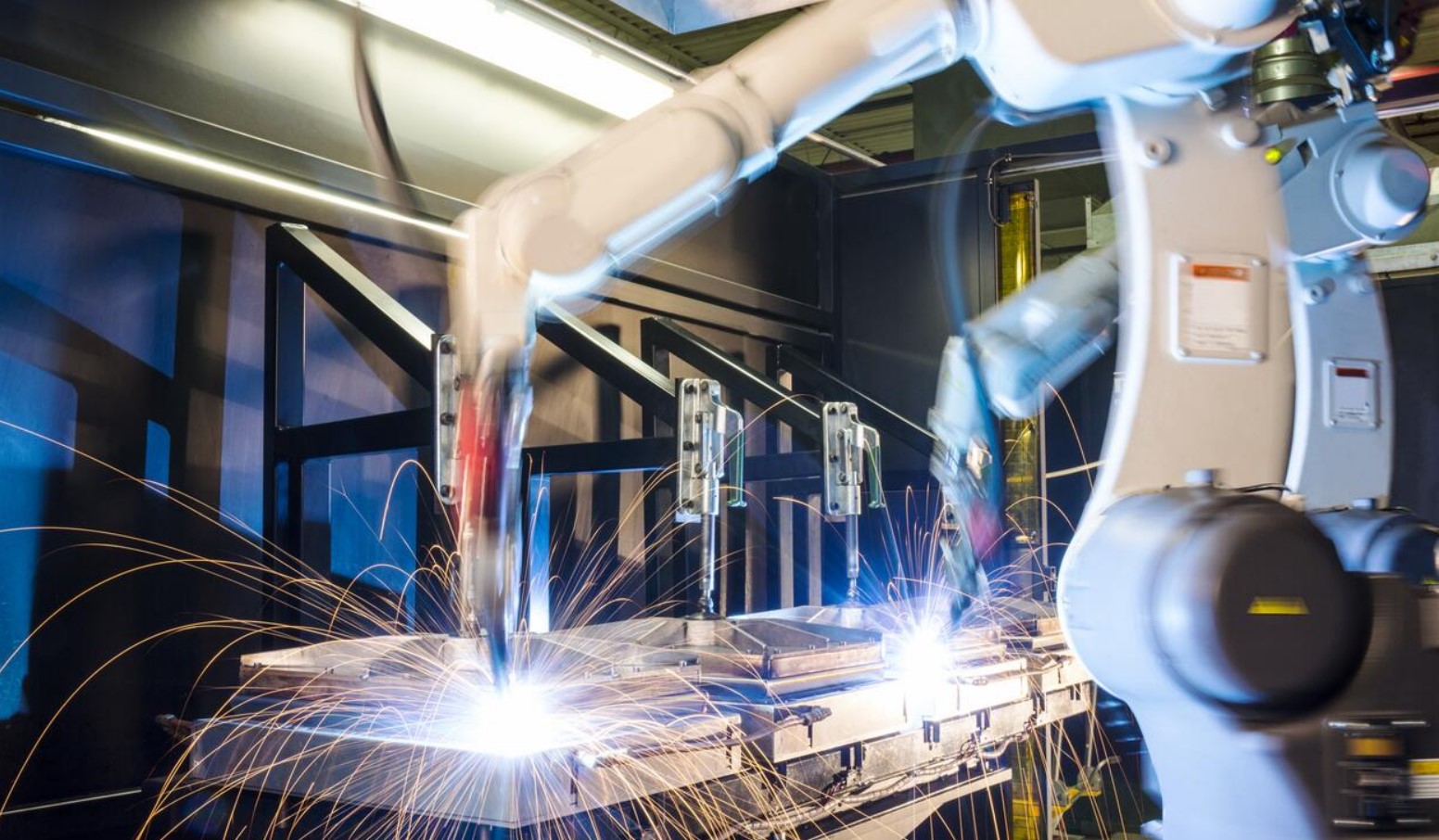Kinematic self-replication in reconfigurable organisms
https://www.pnas.org/content/118/49/e2112672118
Here we show that clusters of cells, if freed from a developing organism, can similarly find and combine loose cells into clusters that look and move like they do, and that this ability does not have to be specifically evolved or introduced by genetic manipulation.
Finally, we show that artificial intelligence can design clusters that replicate better, and perform useful work as they do so. This suggests that future technologies may, with little outside guidance, become more useful as they spread, and that life harbors surprising behaviors just below the surface, waiting to be uncovered.
Team Builds First Living Robots - That Can Reproduce
https://wyss.harvard.edu/news/team-builds-first-living-robots-that-can-reproduce/
The same team that built the first living robots (“Xenobots,” assembled from frog cells—reported in 2020) has discovered that these computer-designed and hand-assembled organisms can swim out into their tiny dish, find single cells, gather hundreds of them together, and assemble “baby” Xenobots inside their Pac-Man-shaped “mouth”—that, a few days later, become new Xenobots that look and move just like themselves.
And then these new Xenobots can go out, find cells, and build copies of themselves. Again and again.
“With the right design—they will spontaneously self-replicate,” says Joshua Bongard, Ph.D., a computer scientist and robotics expert at the University of Vermont who co-led the new research.

Designed (C-shaped) organisms push loose stem cells (white) into piles as they move through their environment.
https://www.pnas.org/content/118/49/e2112672118
Here we show that clusters of cells, if freed from a developing organism, can similarly find and combine loose cells into clusters that look and move like they do, and that this ability does not have to be specifically evolved or introduced by genetic manipulation.
Finally, we show that artificial intelligence can design clusters that replicate better, and perform useful work as they do so. This suggests that future technologies may, with little outside guidance, become more useful as they spread, and that life harbors surprising behaviors just below the surface, waiting to be uncovered.
Team Builds First Living Robots - That Can Reproduce
https://wyss.harvard.edu/news/team-builds-first-living-robots-that-can-reproduce/
The same team that built the first living robots (“Xenobots,” assembled from frog cells—reported in 2020) has discovered that these computer-designed and hand-assembled organisms can swim out into their tiny dish, find single cells, gather hundreds of them together, and assemble “baby” Xenobots inside their Pac-Man-shaped “mouth”—that, a few days later, become new Xenobots that look and move just like themselves.
And then these new Xenobots can go out, find cells, and build copies of themselves. Again and again.
“With the right design—they will spontaneously self-replicate,” says Joshua Bongard, Ph.D., a computer scientist and robotics expert at the University of Vermont who co-led the new research.
Designed (C-shaped) organisms push loose stem cells (white) into piles as they move through their environment.



